Essential Strategies for Balancing Work and Life in Construction
Editorial Note: This article was brought to you courtesy of Rose Morrison, managing editor of ...
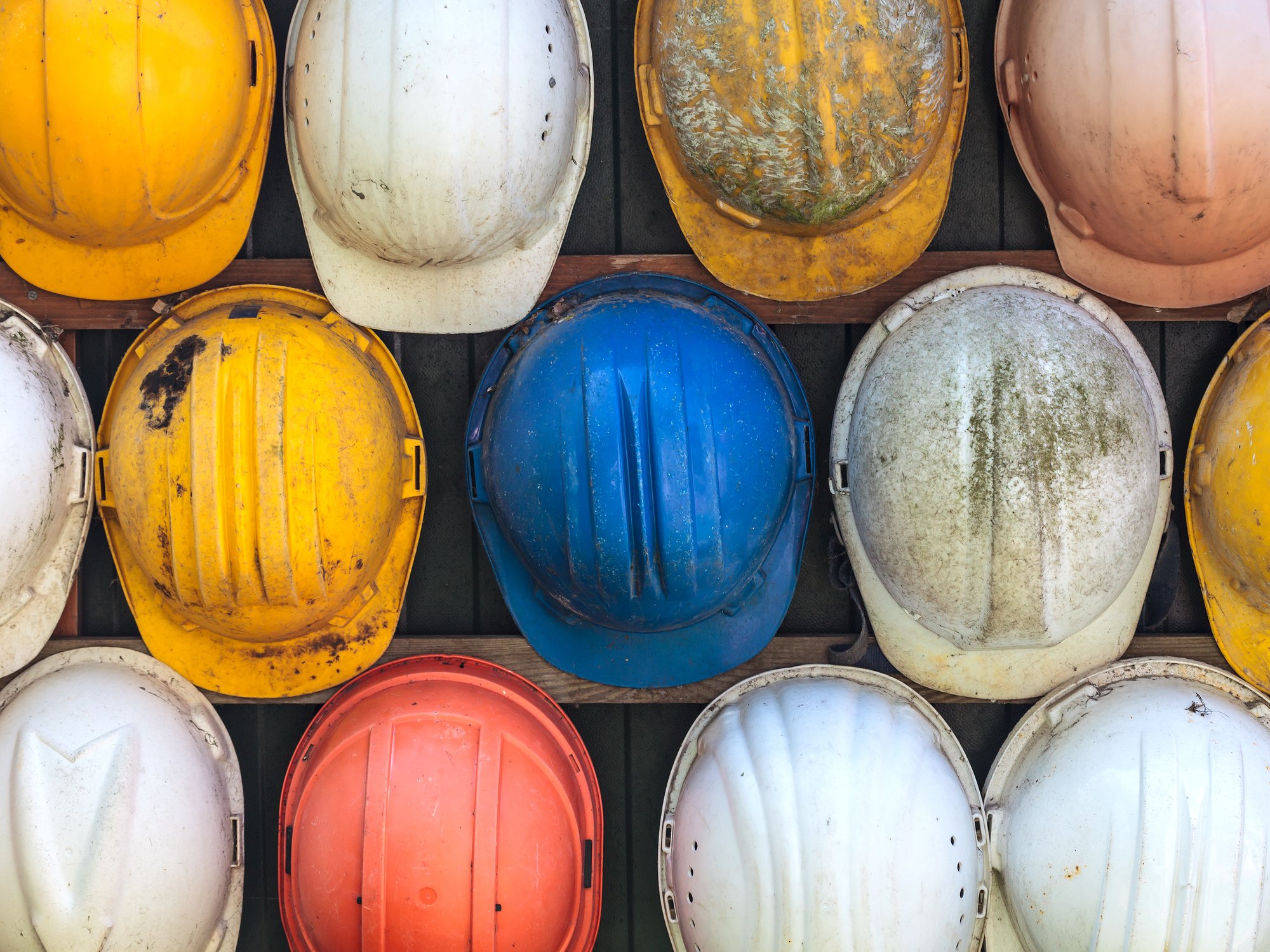
Construction is an extremely dangerous occupation presenting numerous risks. Even in the modern era, tragic deaths and grievous injuries happen all too often. In 2019, for instance, 20% of all workplace deaths in the United States happened on a construction site. That same year, construction workers experienced almost 80,000 injuries, a staggering 23% increase from the year before.
There’s no other way to put it. Safety must be the highest priority. In this article, we will explain why that’s the case, describe seven key performance indicators (KPIs) related to safety in construction, and discuss some simple concrete ways you can begin making the jobsite a little bit safer for everyone.
Safety prevents injuries, illnesses, and deaths in the workplace. We could stop right here and have a satisfactory answer to the question of why safety is important, especially in construction projects. Preventing bad things from happening to people is absolutely critical in a career field as hazardous as this one. It’s a tired cliche but that doesn’t make it any less true: People are the most important resource in the world of construction. Sure, technology has advanced to dizzying sci-fi heights where we now have drones and robots rolling around the jobsite. But these shiny new toys still don’t hold a candle to what human workers can do. Simply put, there’s no construction without workers and there’s no workers without a safe workplace. This is not going to change anytime soon.
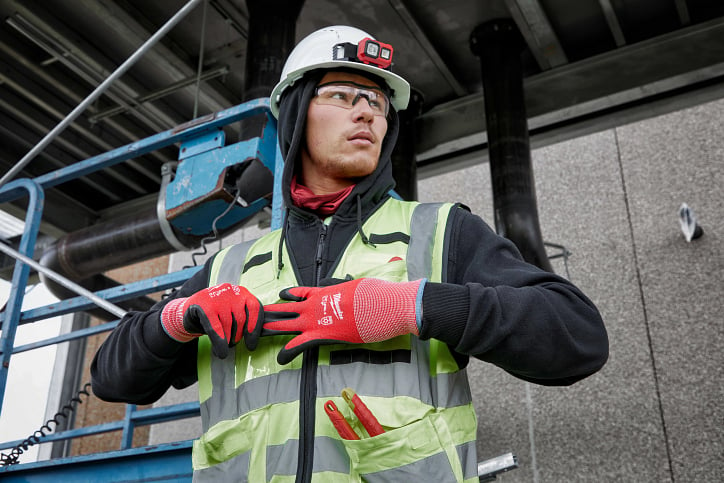
Though protecting the health and wellbeing of our fellow humans is paramount, there are of course other reasons why safety is important. Here are 4 critical reasons why safety is important in construction:
Now, let’s dive into each of these a little deeper.
It’s true. Safety is good business. Cost looms large in the minds of business owners, and so do cost overruns, so it makes sense for them to be on the lookout for ways to cut down on expenses. This reflexive outlook becomes a problem however when those cuts impact workplace safeguards, when the priority is given to saving money over lives. Especially since this logic has it all backwards: reduced investments in safety do not equate to reductions in overall cost. In fact, the exact opposite is true. Work related deaths and injuries are estimated by the National Safety Council to have cost employers a whopping $151 billion for the year of 2016 alone. Meanwhile, in 2018, employers spent an estimated $1 billion per week on medical costs and wages for workers who suffered non-fatal work related injuries. What’s more, the Occupational Safety and Health Administration estimates that somewhere between $4 to $6 is saved for every dollar invested in a workplace safety program.
A so-called “lost time injury” is when a worker sustains an injury or illness that results in them being unable to return to work. This is what we meant earlier when we said there’s no construction without workers. The absence of even a single worker for days, weeks, or months on end due to a serious injury can dramatically slow down progress on a construction project. This is much less of a problem if safety is firmly in place. In fact, a recent OSHA study revealed that companies who adopted a safety program reduced the average number of injury claims by 52% and lowered the amount of lost time per claim by as much as 87%.
It’s important to build trust in construction, and this extends beyond just your clients. Friction can arise between workers and management when there is a loss of trust. This friction can come to a boil if workers have reason to believe that safety is not being prioritized by those in positions of power and control. An excellent way to establish and cement a lasting relationship built on trust is for leadership to take safety seriously and engage the workforce in the process of creating and maintaining safer and healthier construction sites.
A variety of disruptions to productivity are likely to occur where unsafe working conditions are present. High employee turnover, for instance, or prolonged disputes between management and employees, some of which will inevitably result in labor strikes. Workers get their best work done when they can focus on the task at hand without having to worry about whether or not they’ll end up hurt or sick. In this way, a safe workplace is also a productive one.
Too frequently we think of safety in a reactive sense. That is, we wait for something bad to happen and then respond to it. It might look something like this: A worker trips over some bricks strewn across the floor and badly hurts themself, provoking the foreman to declare that from now on the floor ought to be kept clear and the bricks piled neatly in a far-off corner. The foreman’s correction of the issue is all well and good, but the drawbacks of this approach are nonetheless apparent. For one thing, it’s after the fact. The worker has already been injured, not to mention by something that could have been easily avoided if proper safety protocols were already in place. The takeaway is that, where safety is concerned, it’s of the utmost importance that we shift away from a reactive mindset and instead embrace a more proactive one, identifying and correcting hazards before they become a problem. Remember, the main goal of safety is to prevent bad things from happening in the first place.

Instilling this more proactive and preventative approach to safety is the main mission of the Occupational Safety and Health Administration (OSHA). Created in the early 1970s, OSHA is the governmental regulatory agency that sets and enforces a series of legal standards aimed at creating safer and healthier work environments. According to OSHA, there are seven core elements that define a safe workplace in the world of construction:
Let’s take a look at them now.
Safety starts at the top. This cannot be emphasized enough. All aspects of a traditional workplace’s culture and functionality flow directly from how well the stage has been set by those in charge. Workers value their lives and limbs but the power to deliver a safe work environment is largely out of their hands. It’s management who strikes the tone.

It’s management who is responsible for setting safety as the highest priority and upholding the expectation that safety is taken seriously by everyone involved. Of all the duties that managers and supervisors have, by far the most important is to create and maintain a genuine culture of safety and trust. Workers need to know that their wellbeing is the central concern, ranked even above productivity or efficiency. Managers can concretely build trust and show their commitment to safety by taking a few simple actions. First, create a written policy that enshrines safety in the workplace and lays out a clear blueprint of accountability. A good safety policy should also establish open channels for workers to communicate and seek the correction of safety issues without fear of retaliation. Second, managers should regularly identify sets of safety related goals that are specific, measurable, and attainable, then get to work on making them happen. Third, invest, invest, invest. Safety requires the devotion of time, money, and resources. So don’t skimp. Do whatever it takes to infuse safety into the DNA of your organization. Finally, make it crystal clear who’s responsible for what. Managers should make sure everyone is on the same page about what their roles and obligations are in the creation of a safe work environment.
The buck stops with leadership but it’s also up to workers to look out for the safety of themselves and the people laboring alongside them. All the leadership in the world won’t matter if the workforce doesn’t participate with the program. Participation in this sense, however, refers not only to cooperation with safety standards but with the mutual creation of them in tandem with leadership.
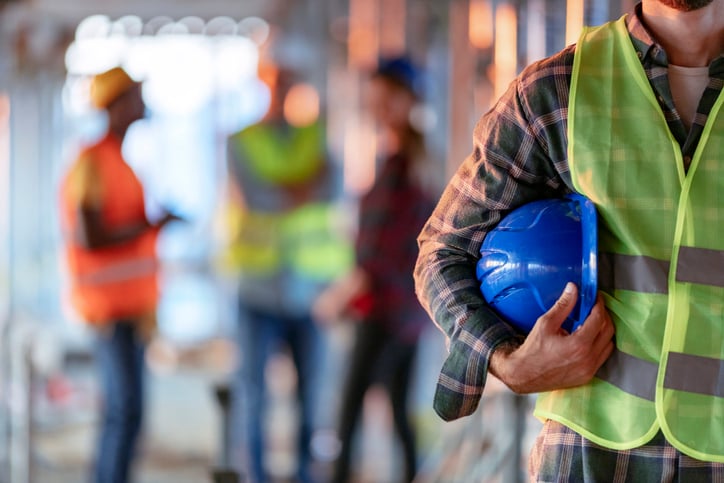
Nobody knows more about what makes a job dangerous than the workers who do it everyday. Workers, in other words, are an invaluable reservoir of knowledge that managers would be wise to tap into at every opportunity. Workers should be involved in every step of the safety process, whether it’s drafting, evaluating, or improving safety programs and policies. Not only does the participation of the workforce make for a more robust and reality based safety program, it has the added benefit of building trust and bolstering confidence in leadership. Managers should therefore do their best to encourage the engagement of workers, remove barriers to participation, and give workers access to the best safety and health information available.
Accidents happen when hazards go unchecked. This is why it’s critically important that safety programs incorporate systems and practices geared toward the identification and elimination of threats within the workplace.
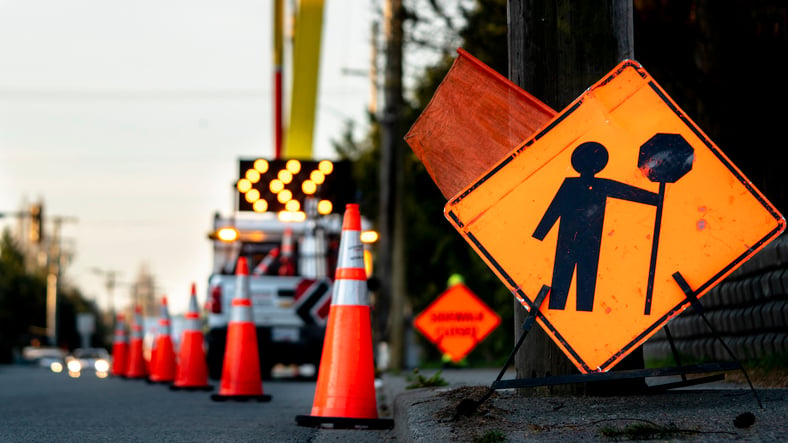
Construction sites are hazardous by nature but many of the dangers are familiar to anyone who’s worked in the industry long enough. Furthermore, a wealth of data exists on the most common types of injuries and causes of death within the construction industry. Construction professionals should therefore enter projects armed with a clear and established understanding of what threats will likely be present. It’s not enough, however, to set your sights solely on research and past experience. Construction sites are dynamic environments whose various hazards can literally change as quickly as the weather. It’s important to be ever watchful and to conduct thorough and ongoing inspections of the jobsite for potential dangers. Use a checklist to look for specific hazards, whether it’s tangled power cords that might cause trips or a rickety old ladder that might lead to a precipitous fall. Don’t forget to be vigilant for less obvious health hazards as well, such as exposures to toxic solvents, biological agents, or invisible yet poisonous gases. On that note, procedures for the safe use of equipment, tools, and chemicals should be reviewed and clearly communicated to everyone in the workplace who might come in contact with them. Any hazards should be documented so as to establish a record of near misses. Once a hazard has been identified and logged, immediate action should be taken to fix it. After the issue has been corrected, the action should be communicated to the team and documented with photos, videos, and written reports. If an incident does occur, investigate it thoroughly, with the goal of not only figuring out what happened but why it happened and how it can be avoided in the future.
Safety is meaningless unless injuries and deaths are prevented. Accomplishing prevention requires widespread planning and controls. Finding and fixing hazards is one thing. Planning for how to eliminate them from the equation before anyone even shows up for work is another. A strong safety program includes multiple safeguards and redundancies, as well as planning and controlling on a systematic level for nearly every hazard that might arise. OSHA and the National Institute For Occupational Safety and Health (NIOSH) provide a wealth of guidance for how to go about building these types of safety plans. One of the most valuable resources is NIOSH’s “hierarchy of controls,” which provides an outline for which types of actions are more effective than others when eliminating hazards from the workplace.
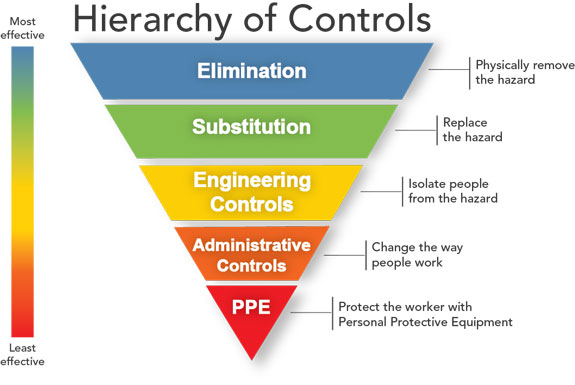
Safety only works if everyone is on the same page. This is why education and training are absolutely vital.
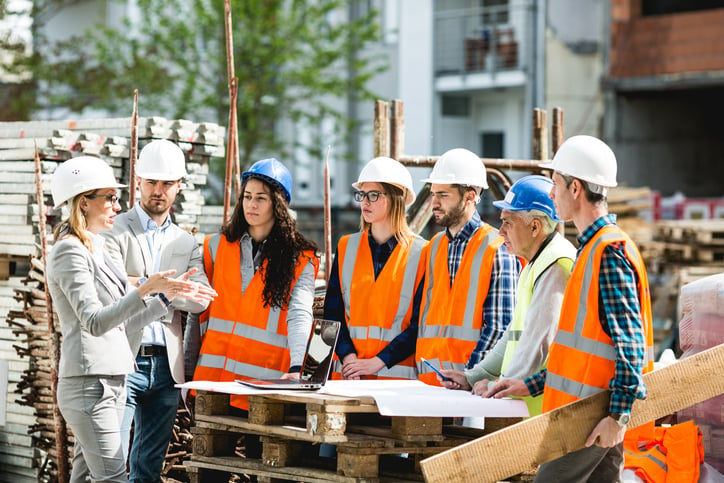
If safety were a no-brainer, we wouldn’t need all these plans and procedures. Workers need to know how to do their jobs safely, what to do in emergencies, what their responsibilities are, how to identify and report hazards, who to report safety concerns to, and what their rights are under the law. OSHA is an excellent resource for these and many other types of training, though effort should be expended to craft training and educational materials that are specific to the workplace. A good starting point is OSHA’s 30 hour construction training, which has been shown to reduce work related accidents by as much as 66%. Training need not only happen in a formal classroom setting, however. Peer-to-peer education, and other learning opportunities should be explored as well, including instruction for non-English speakers. There are, after all, many different learning styles and good safety trainings ought to reflect this reality, meeting workers where they are in order to ensure that critical safety information is imparted as clearly as possible.
Congratulations, you’ve got yourself a safety program. Now the time has come to evaluate its effectiveness and search for ways to make it even better than it already is.
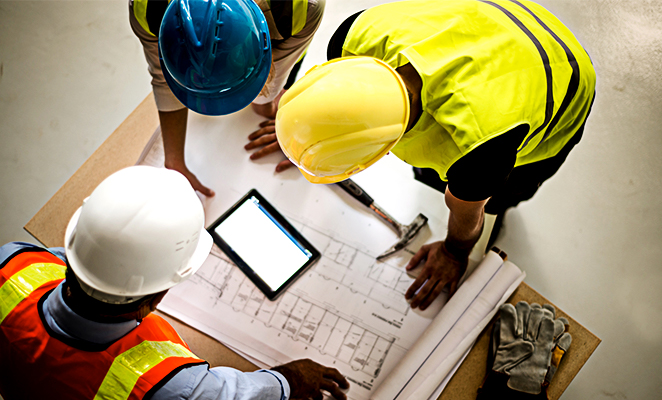
Do the number of injuries and safety incidents drop after the plan is put in place? Are there hazards reported and identified during inspections? How many? How long does it take for a hazard to be fixed once it's found? Are workers being engaged in the safety process? How many have completed a safety training? The answers to each of these questions are strong indicators of how well or how poorly your safety program is unfolding over time. If it’s not performing as you’d expected, the first step isn’t to scrap the program altogether and start over from scratch but to investigate whether it’s various measures are being properly implemented. Let’s say you discover that incidents keep happening yet they’re going unreported. It could be that the section on incident reporting is vague, in which case the language and process should be clarified and clearly communicated in a training. Or maybe it’s already clear but workers haven’t received a training for it yet. In which case the question now becomes, why? And so on. Once identified, any shortfalls should be corrected and the cycle of assessments should continue on a routine basis.
Construction is a team sport whose players are composed of a wide variety of skilled workers and specialists.
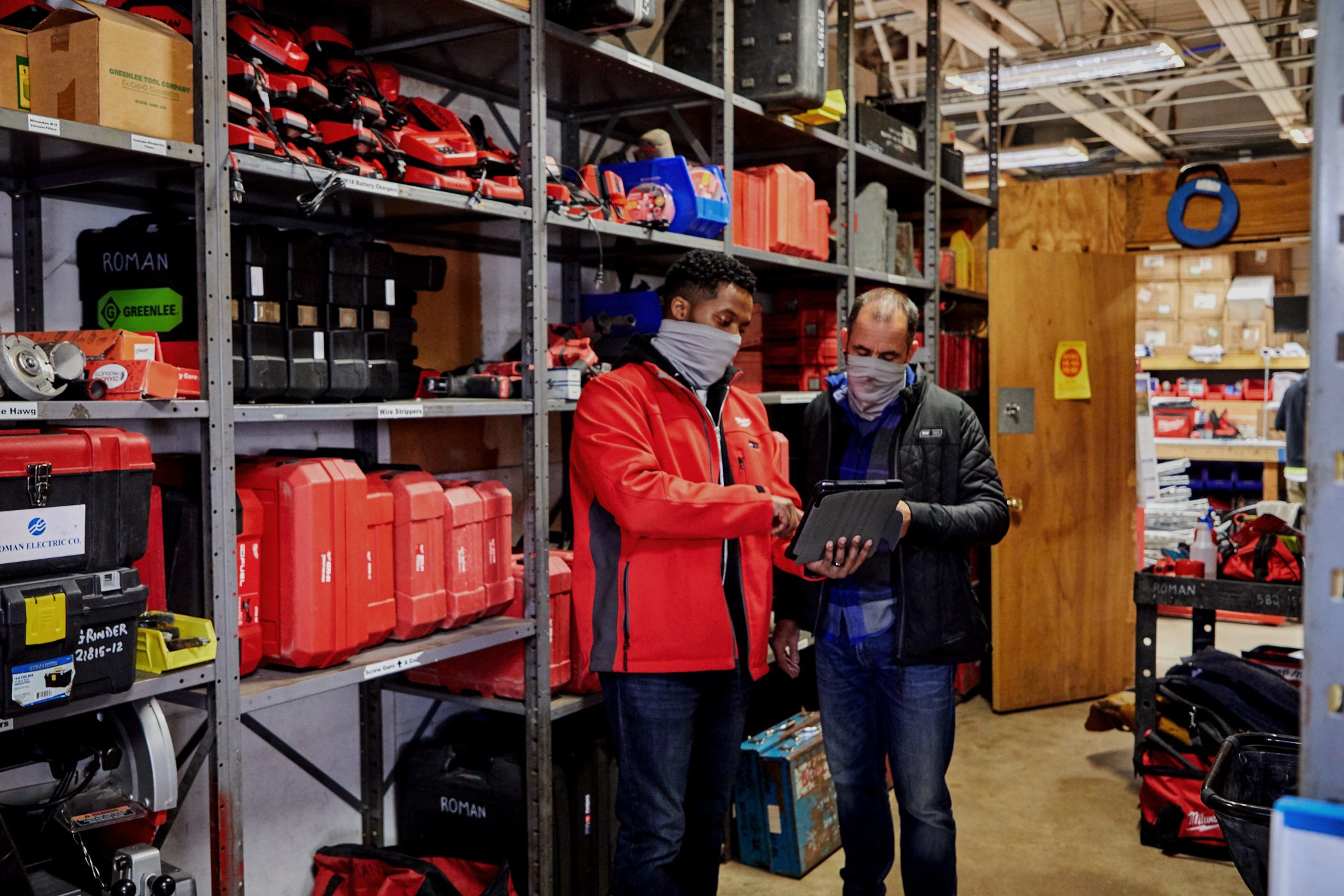
Sometimes there are even multiple teams working together toward the same goal, with general contractors delegating certain tasks to subcontractors, who in turn bring their own assorted personnel into the mix. The point is that safety means different things to each of these sundry stakeholders, some of whom might end up siloed off from their counterparts on the job, focusing intently on their own little corner of the universe. Open channels and methods of information exchange need to be introduced early on. Special effort must be put forth to bridge gaps and achieve a harmony of coordinated safety actions and mutual understanding between these disparate parties. Working together isn’t only a matter of getting the project done on time and within budget. It’s also a matter of looking out for each other’s safety.
No two construction sites are exactly the same. Some are in small, confined areas while others sprawl outward and upward across multiple city blocks. One project might wrap up in a matter of days while the next could take years to complete. Then there’s factors like the weather, the workforce, or the terrain itself, all of which can have a determinative impact on how the project unfolds. The point is that in the world of construction, safety is a moving target. Not only will the bullseye look different from one job to the next, but it will also change shape throughout the life cycle of the project that’s right in front of you.
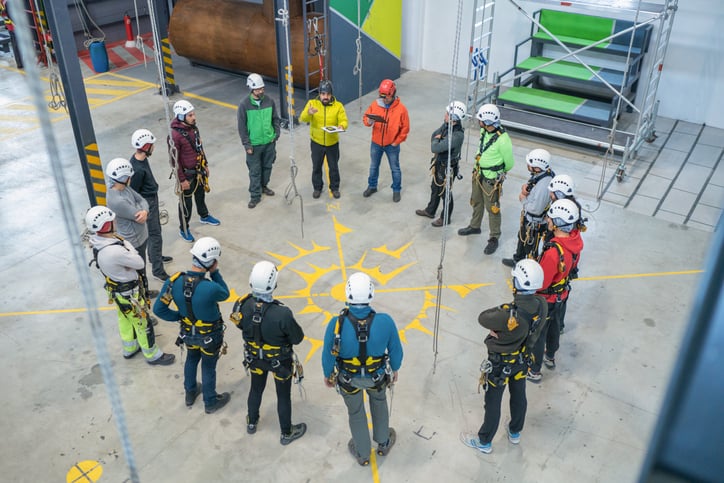
That’s why, when thinking about how to improve safety in construction, it’s important to avoid thinking in prescriptive terms. The seven core elements listed above are an excellent launchpad for crafting a strong safety program, but make no mistake, there are no silver bullets. The goal should always be to build on past successes and learn from previous failures, to constantly refine, improve, and adapt the safety program that’s currently in place. This is easier said than done and requires above all else a shift in mindset. Safety, after all, isn’t something that just happens on its own. It is a process that must be maintained by force of discipline and habit from groups of people working together toward the common goal of protecting each other.
While it’s true that there are no one-size-fits-all solutions to achieving and upholding safety, there are a few things you can do right now that will make your workplace a safer and healthier environment for all.
Here’s an easy one: Make sure everyone on the jobsite is outfitted with the best personal protective equipment.
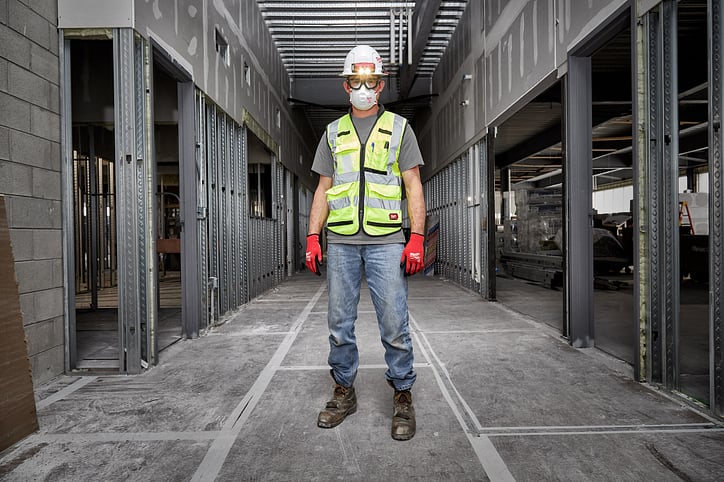
Construction sites are full of hazards that can cause serious damage if the proper precautions aren't in place. Workers should have goggles or safety glasses to protect against bits of flying debris. High visibility safety vests can keep workers seen on a chaotic jobsite. Kneepads can reduce the wear and tear of joints while N95 masks can shield against vapors and particulates in the air. Most importantly: every worker should have a helmet, preferably something with both top and side protection like Milwaukee Tool’s very own BOLT line of hard hats. And let's not forget about task-specific hand protection and even heated workwear that can keep workers in the field during inclement weather safe from the elements. All of this important PPE is critical to keeping your crew safe.
Exciting advances in technology are protecting construction workers like never before.
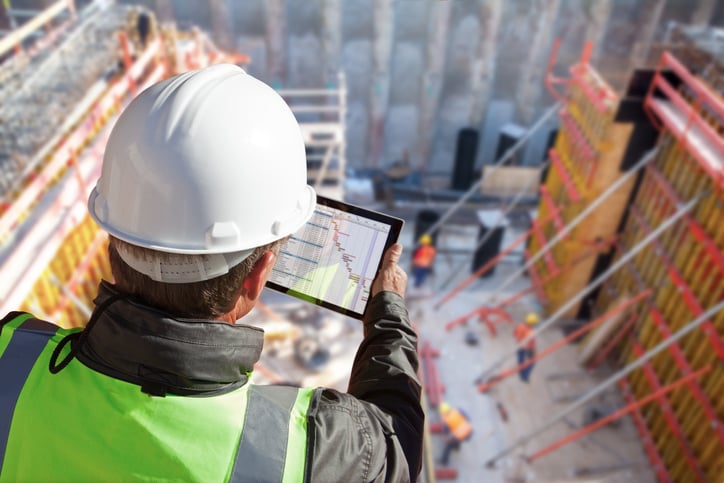
Risk assessment and safety management software make it easier to identify, catalogue, and correct workplace hazards. Exoskeletons, reminiscent of the Power Loader from the movie Aliens, reduce the strain on workers’ bodies. Meanwhile, more and more tasks are being delegated to drones and robots, enabling workers to keep their feet safely on the ground and stay away from hazardous areas like demolition zones. And there are more developments on the horizon, including the promise of “smart” augmented reality headsets that can provide on-the-job safety training and highlight dangers in a worker’s path.
On the other hand, smart tools like smart drills provide anything from anti-kickback control, to Sawzall® reciprocating saws featuring cut brake control to prevent damage to materials and reduce the risk of injury to users; tool lockout that can keep dangerous saws shut down after-hours and make them useless to thieves; as well as advanced reporting functionality to provide to provide proof-of-work to inspectors.
Last but not least, if you’re a project manager and the task of creating, launching, and constantly improving a comprehensive workplace safety program is too much to take on by yourself, then why not delegate the job to a skilled professional?
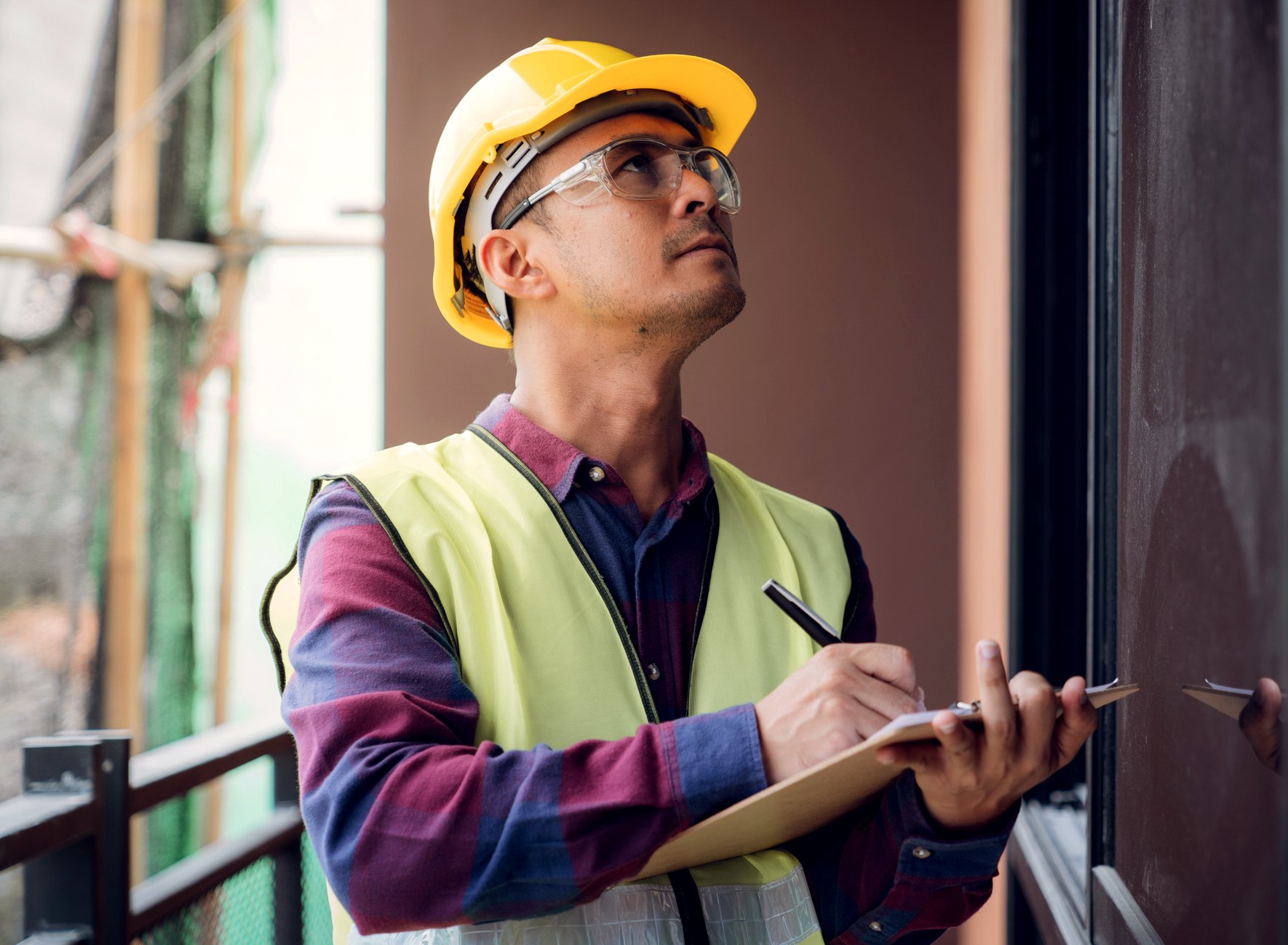
Construction safety managers are highly trained experts who specialize in drafting safety plans, conducting trainings, and inspections. Safety managers are also instrumental in creating a culture of safety that protects everyone on the construction site. Staying on top of the KPIs of safety can be a daunting challenge. A great way to ensure that a workplace is as safe as possible is to hire someone who’s up to the challenge.
Why is safety important in construction?
7 construction safety metrics:
How to increase safety in construction:

Sign up to receive ONE-KEY™ news and updates.
Editorial Note: This article was brought to you courtesy of Rose Morrison, managing editor of ...
Editorial Note: This article was brought to you courtesy of Rose Morrison, managing editor of ...
Editorial Note: This article was brought to you courtesy of Rose Morrison, managing editor of ...


